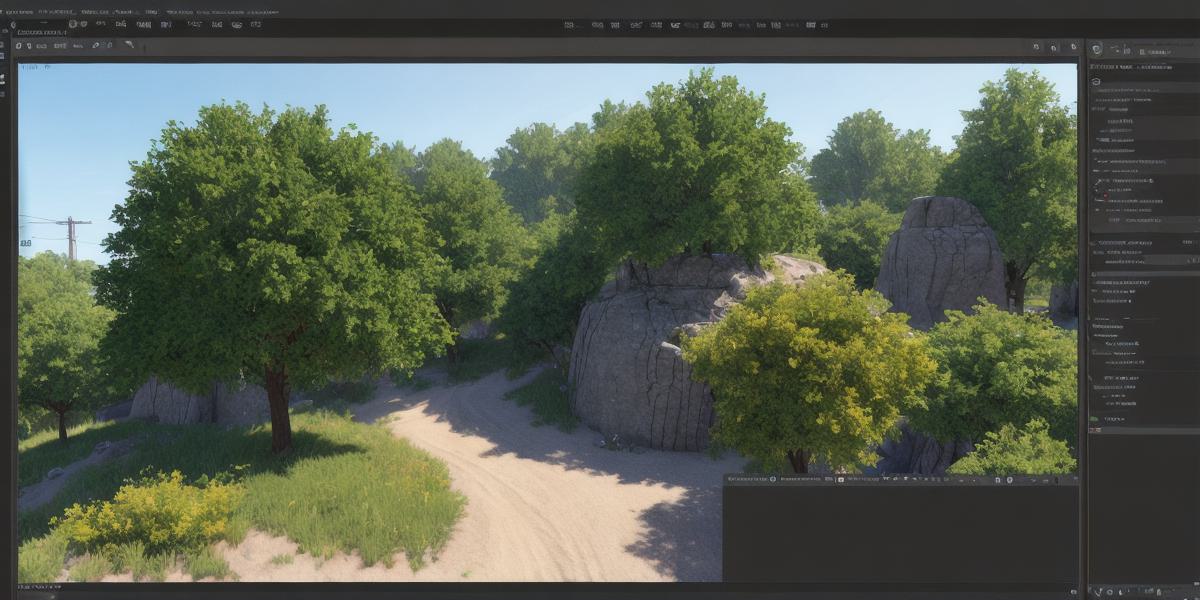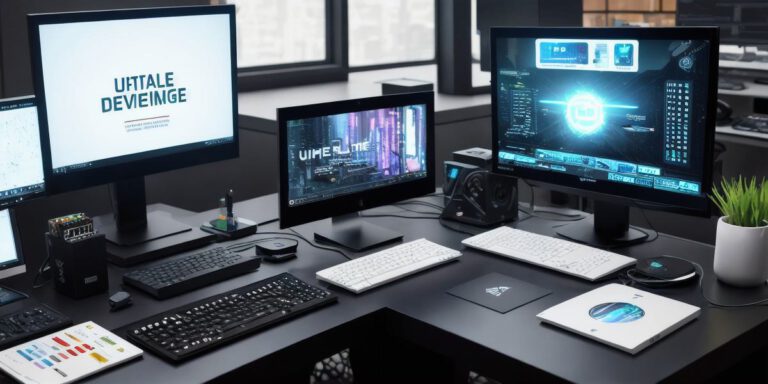Choosing the Right Tool for Your Project: Blender vs Unity Comparison

When it comes to creating immersive and interactive experiences, two of the most popular tools on the market are Blender and Unity. Both have their unique features and capabilities that make them suitable for different types of projects. In this article, we will compare and contrast these two powerful tools to help you make an informed decision about which one is best suited for your needs.
Blender: A Powerful 3D Modeling and Animation Tool
Blender is a free and open-source 3D modeling and animation software that has been around since 1998. It offers a wide range of features and capabilities that make it suitable for creating anything from simple animations to complex visual effects. Some of its key features include:
- 3D modeling: Blender’s powerful 3D modeling tools allow you to create and manipulate objects, characters, and environments with ease. It also offers a wide range of materials and textures that can be applied to your models to make them look more realistic.
- Animation: Blender’s animation tools allow you to create smooth and fluid animations with minimal effort. It also supports a wide range of animation techniques, including keyframe animation, physics-based animation, and motion capturing.
- Rendering: Blender’s rendering capabilities are top-notch, allowing you to create high-quality visual effects with realistic lighting and shading. It also supports a wide range of rendering engines, including Cycles and Eevee.
Unity: A Popular Game Development Platform
Unity is a popular game development platform that was first released in 2005. It offers a wide range of features and capabilities that make it suitable for creating everything from simple 2D games to complex 3D games with advanced graphics and physics. Some of its key features include:
- Game development: Unity’s game development tools allow you to create games for a variety of platforms, including PC, mobile, and console. It also supports a wide range of scripting languages, including C and JavaScript.
- Asset store: Unity has a large and active asset store that offers a wide range of assets, including models, animations, and plugins, that can be used to speed up development.
- Integration: Unity can easily integrate with a variety of tools and services, including Photoshop, Maya, and SketchUp, making it easy to work with other software in your workflow.
Comparing Blender and Unity
While both Blender and Unity are powerful tools, they have different strengths and weaknesses that make them suitable for different types of projects. Here’s a comparison of the two:
- 3D modeling: Both Blender and Unity offer powerful 3D modeling capabilities, but Blender is generally considered to be more advanced and flexible than Unity in this area. It offers a wider range of tools and features for creating complex models, including sculpting, rigging, and animation.
- Game development: Unity is the clear winner when it comes to game development. Its game development tools are easy to use and offer a wide range of features and capabilities, making it an ideal choice for creating games for a variety of platforms.
- Animation: Both Blender and Unity offer powerful animation capabilities, but Blender is generally considered to be more advanced and flexible than Unity in this area. It offers a wider range of animation techniques, including keyframe animation, physics-based animation, and motion capturing.
- Rendering: Blender’s rendering capabilities are top-notch, allowing you to create high-quality visual effects with realistic lighting and shading. Unity also offers advanced rendering capabilities, but it may not be as powerful as Blender in this area.
- Integration: Unity can easily integrate with a variety of tools and services, making it easy to work with other software in your workflow. Blender is less integrated than Unity,








